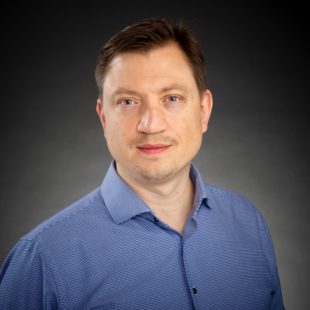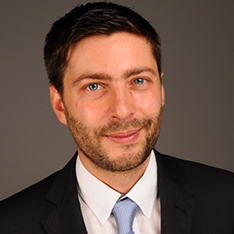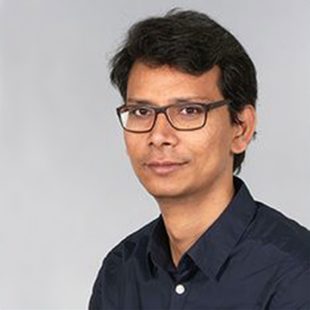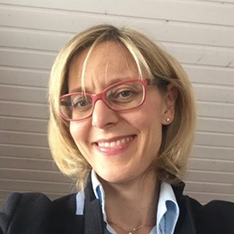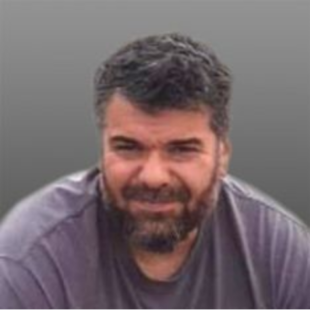A visionary project
An initiative to support biomedical research through cryo-electron microscopy
Cryo-electron microscopy (cryo-EM) is a fundamental tool in the development of treatments for cancer, neurodegenerative disorders and other debilitating diseases. The Ecole polytechnique fédérale de Lausanne (EPFL) and the University of Lausanne (UNIL), together with the University of Geneva (UNIGE) have set up a cryo-EM imaging center to harness this technology and apply it to biomedical research. In addition, the center will be rooted in its declared ambition to advance cryo-EM technology itself, thereby distinguishing itself from other cryo-EM initiatives.
The facility is named the Dubochet Center for Imaging, after Jacques Dubochet, a Swiss researcher who played a pioneering role in developing cryo-EM technology in the 1980s – for which he shared the 2017 Nobel Prize in Chemistry with two colleagues from the US and the UK. Prof. Dubochet studied at the Ecole polytechnique de l’université de Lausanne (which became EPFL in 1969) and is currently a professor emeritus at UNIL. The Center will be managed jointly by EPFL, UNIL and UNIGE.
Objectives
The Dubochet Center for Imaging provides crucial support to biomedical research by offering state-of-the-art equipment and expertise. But it also aims to advance the technology behind cryo-EM itself: drawing on the vast technological know-how available in Lausanne, the Center contributes to the development of cryo-EM instrumentation capable of significantly outperforming current standards in terms of efficiency and resolution.
First Objective
Contributing to biomedical research
Neurodegenerative diseases
The Center’s equipment is used to study, with unparalleled precision, the structures of proteins involved in Parkinson’s and Alzheimer’s disease, and characterize the morphology of neuronal cells and brain tissue. This will help scientists understand the molecular causes and mechanisms underlying these diseases, so that they can develop effective therapeutic strategies.
Cancer
The Center also investigates the ultrastructure of molecules that are drug targets for battling tumor growth, metastasis formation and multidrug resistance. With the help of three-dimensional structure reconstructions of proteins with bound drug molecules, scientists learn more about these drugs’ function as inhibitors in order to design better treatments. The Center also uses its cryo-EM technology to characterize the state of affected tissue in order to visualize the impact of drugs on healthy or diseased cells.
Second Objective
Taking cryo-EM technology to the next level
Data collection
The Center will integrate innovative high-speed camera technology developed at the Paul Scherrer Institute into a modified cryo-EM instrument. This will significantly speed up data collection, reducing the time of one cryo-EM imaging session from a few days to less than one hour. The camera’s improved signal-to-noise ratio will also increase the cryo-EM instrument’s resolution.
Image analysis
During one cryo-EM session, scientists record multiple terabytes of data containing images of millions of atomic particles of individual proteins. They then use computers to reconstruct the proteins’ three-dimensional structure in high resolution. The Center will help improve this process by developing better algorithms and by implementing a fully automated data processing pipeline that can cope with the very high speed of data collection made possible by the aforementioned camera technology.
